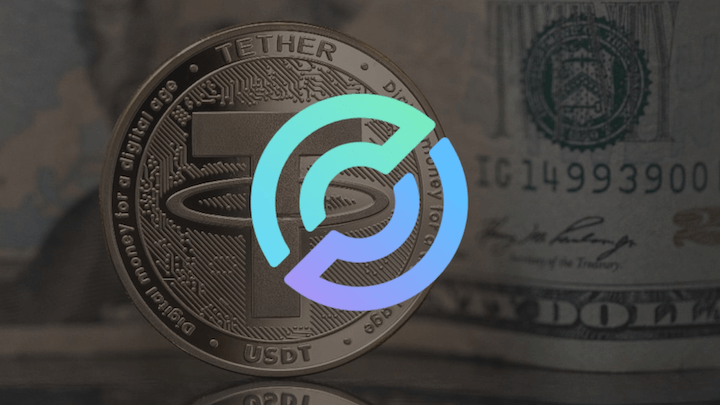
Circle, a prominent US-based stablecoin issuer, recently announced layoffs, signaling a strategic shift in their business operations. The company, best known for its USD coin (USDC) cryptocurrency, has decided to refocus its efforts on core activities and execution. While the news of layoffs may raise concerns, it is crucial to view this development within the context of the rapidly evolving stablecoin market. Stablecoins have emerged as a successful segment of the crypto economy, providing traders worldwide with efficient and cost-effective ways to navigate the blockchain space.
Table of Contents,
Adapting to Industry Dynamics
Circle’s decision to streamline its operations and reduce its workforce is a reflection of the dynamic nature of the stablecoin market. As the crypto industry continues to mature, companies must constantly adapt to changing market conditions to remain competitive. In this case, Circle is realigning its focus on core business activities, aiming to strengthen its position within the stablecoin ecosystem.
Last year, Circle’s USDC experienced a significant surge in demand as traders sought alternatives amidst the turmoil surrounding other stablecoins. The unraveling of LUNA, followed by a decline in market cap for tether (USDT), provided an opportunity for USDC to capture market share. This momentary advantage showcased the resilience and appeal of Circle’s stablecoin offering.
Recognizing the potential of stablecoins as a powerful tool for traders, Circle is strategically positioning itself to capitalize on future opportunities. By refocusing their efforts, they aim to consolidate their position in the stablecoin market, ensuring that USDC remains a reliable and trusted digital asset for traders worldwide.
The Success of Stablecoins in the Crypto Economy

Stablecoins have emerged as one of the most successful segments within the cryptocurrency economy. These digital assets pegged to a stable reserve, provide traders with a convenient and efficient means to close out positions without leaving the blockchain or incurring expensive fiat conversion fees. Stablecoins like USDC have gained traction due to their ability to offer stability, liquidity, and seamless integration within the broader crypto ecosystem.
In recent years, stablecoins have played a crucial role in facilitating global transactions, providing a bridge between traditional financial systems and the decentralized blockchain space. Their value proposition extends beyond speculative trading, enabling individuals and businesses to engage in fast, secure, and cost-effective transactions worldwide.
Conclusion
Circle’s recent layoffs reflect the company’s strategic approach to adapting to the ever-changing stablecoin industry. By redoubling its focus on core activities and execution, Circle aims to solidify its position in the market and capitalize on the fast-growing demand for stablecoins. Despite the challenges of an evolving landscape, stablecoins have demonstrated their resilience and potential, proving to be a valuable tool for traders and participants in the crypto economy.
As the stablecoin market continues to evolve, it is essential for companies like Circle to assess their strategies and make necessary adjustments. The success of stablecoins, including Circle’s USDC, underscores their significance in facilitating seamless transactions and enhancing liquidity within the crypto ecosystem. By prioritizing its core business activities, Circle is well-positioned to leverage the opportunities presented by the stablecoin industry, ensuring its continued growth and contribution to the crypto economy as a whole.



